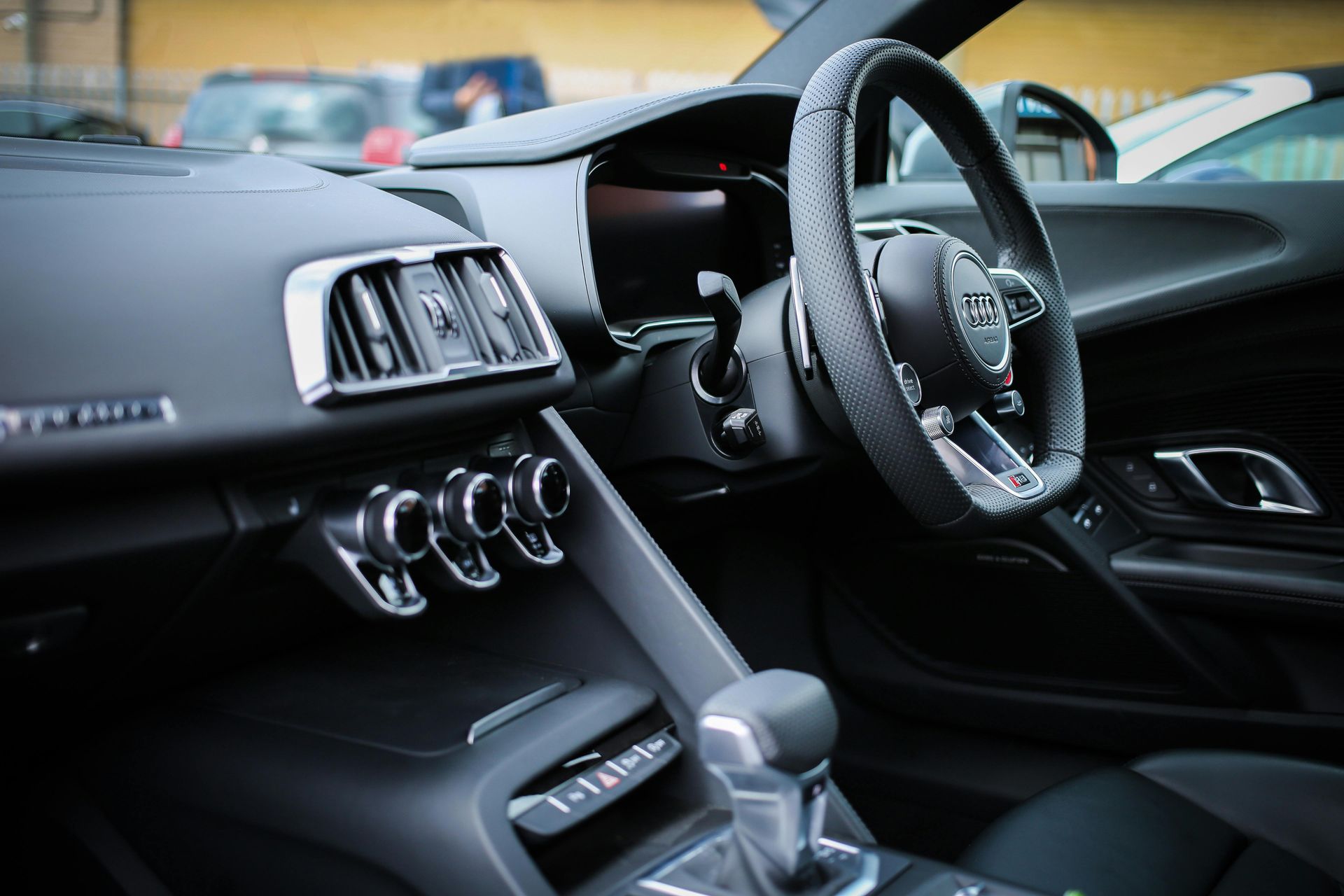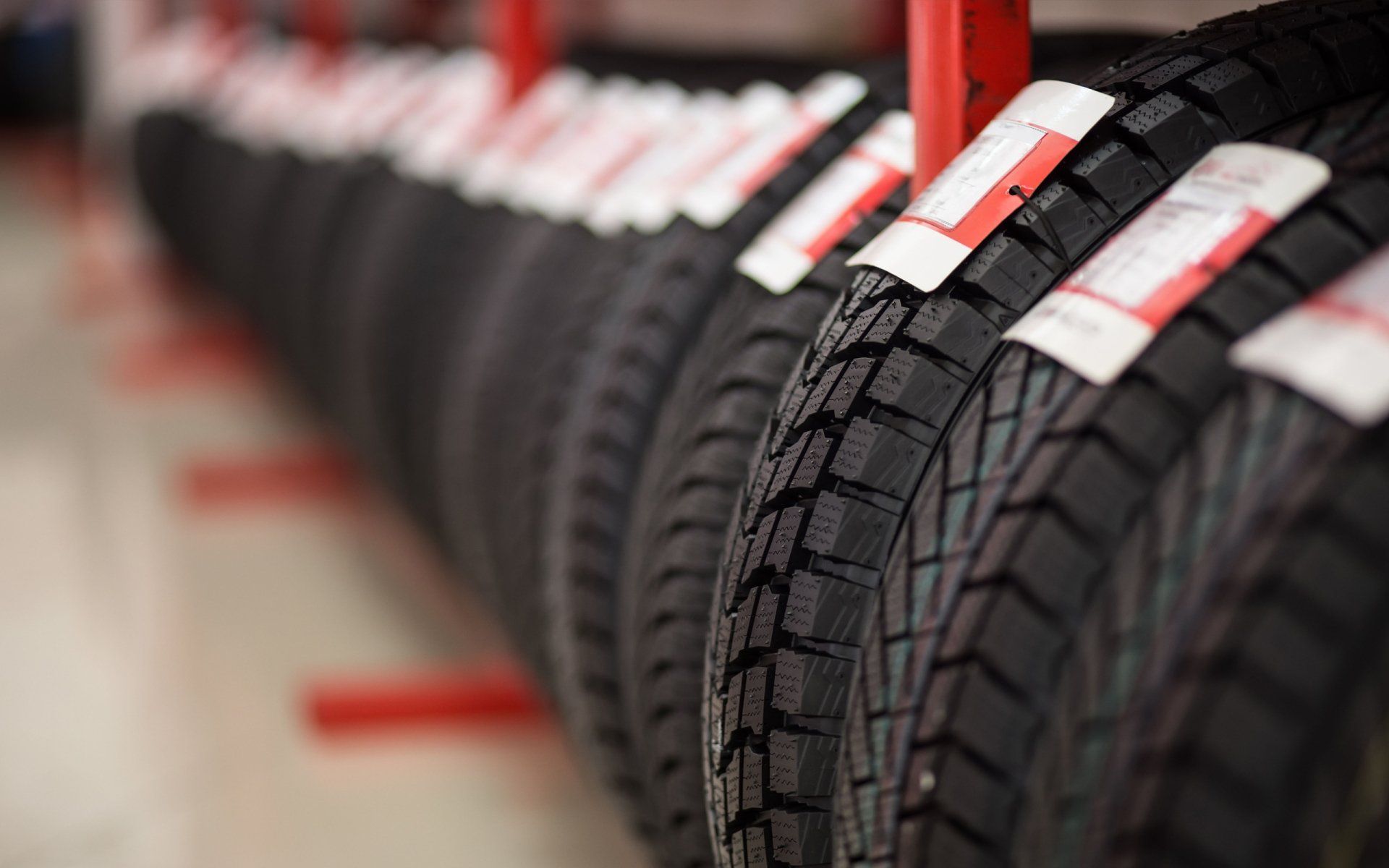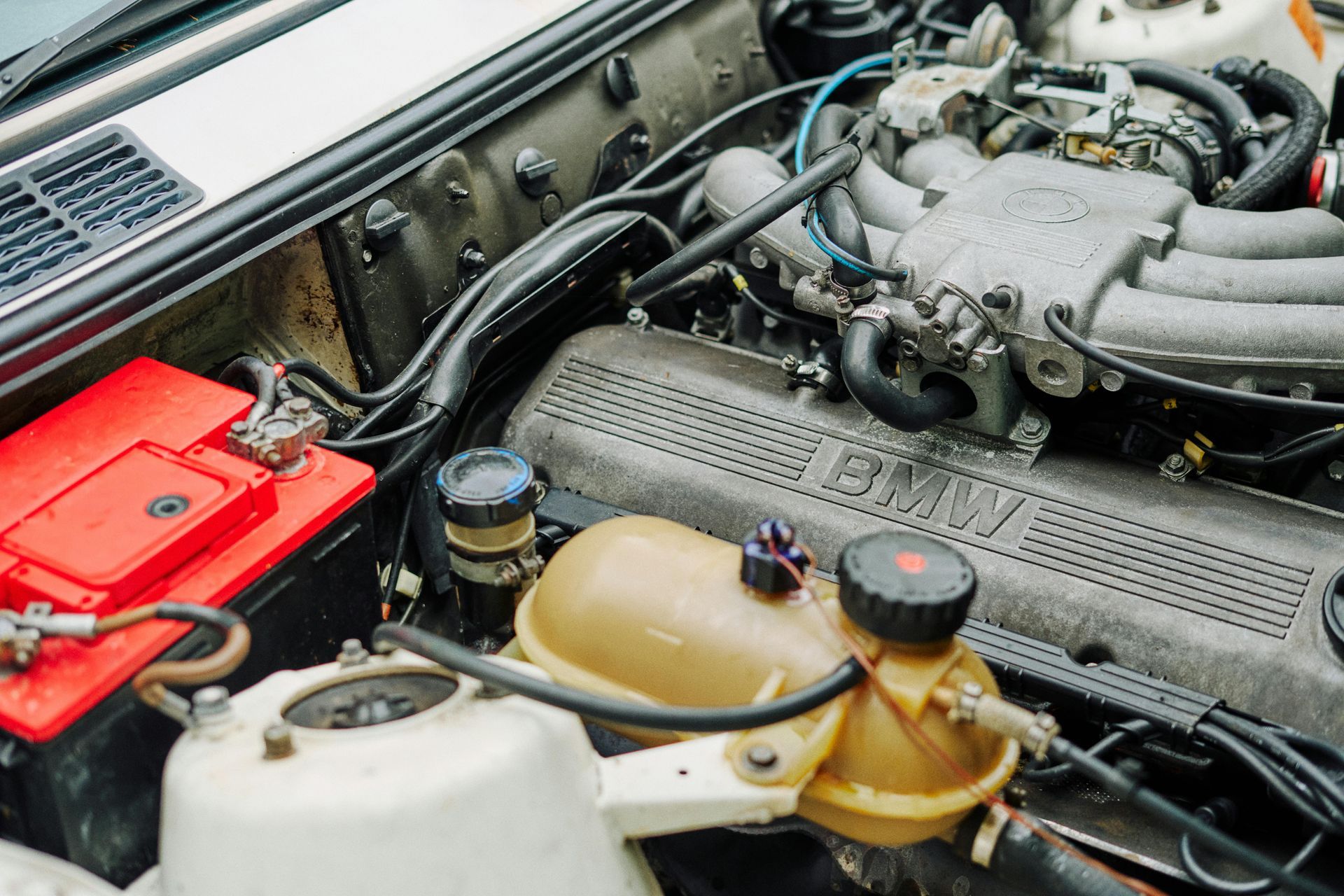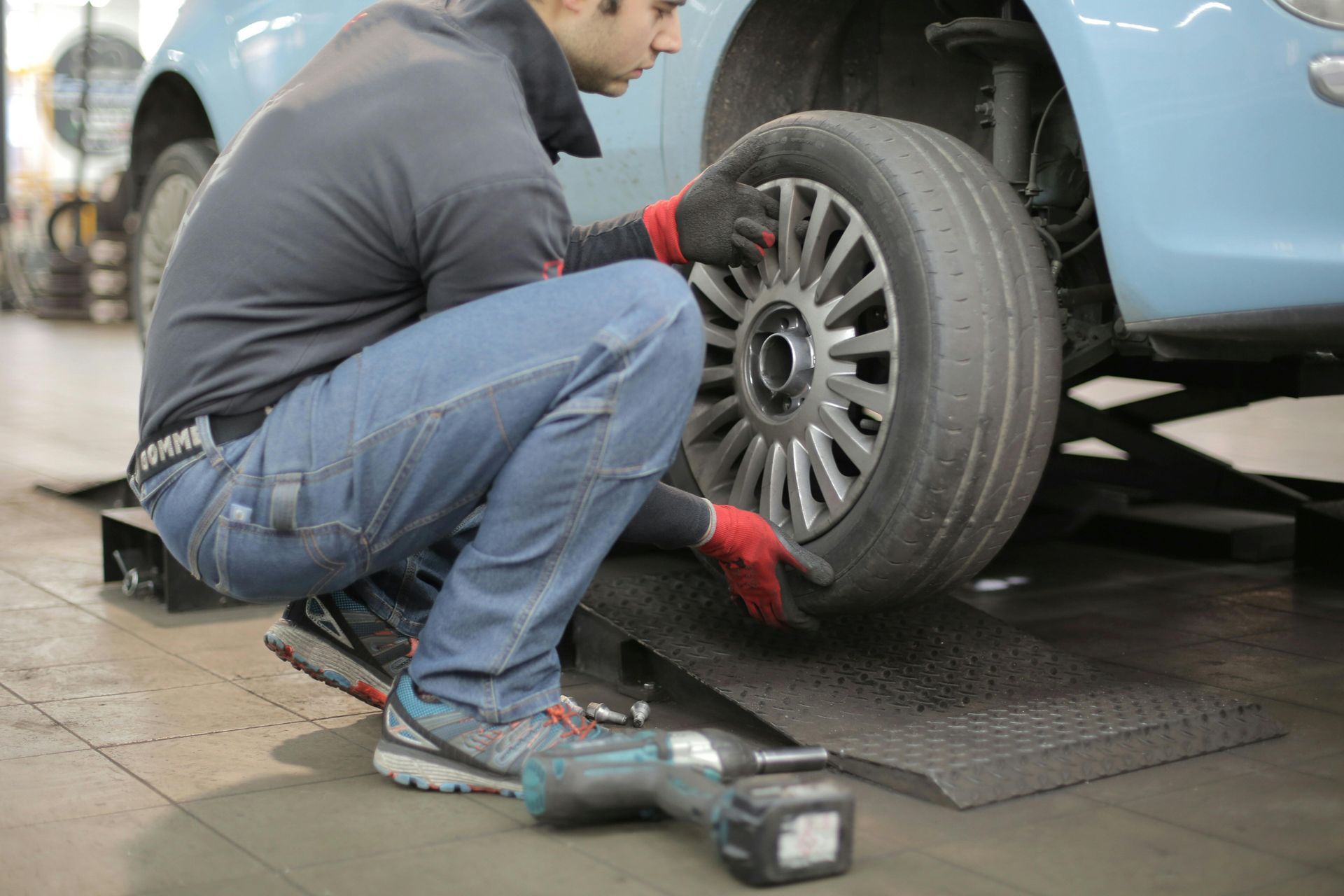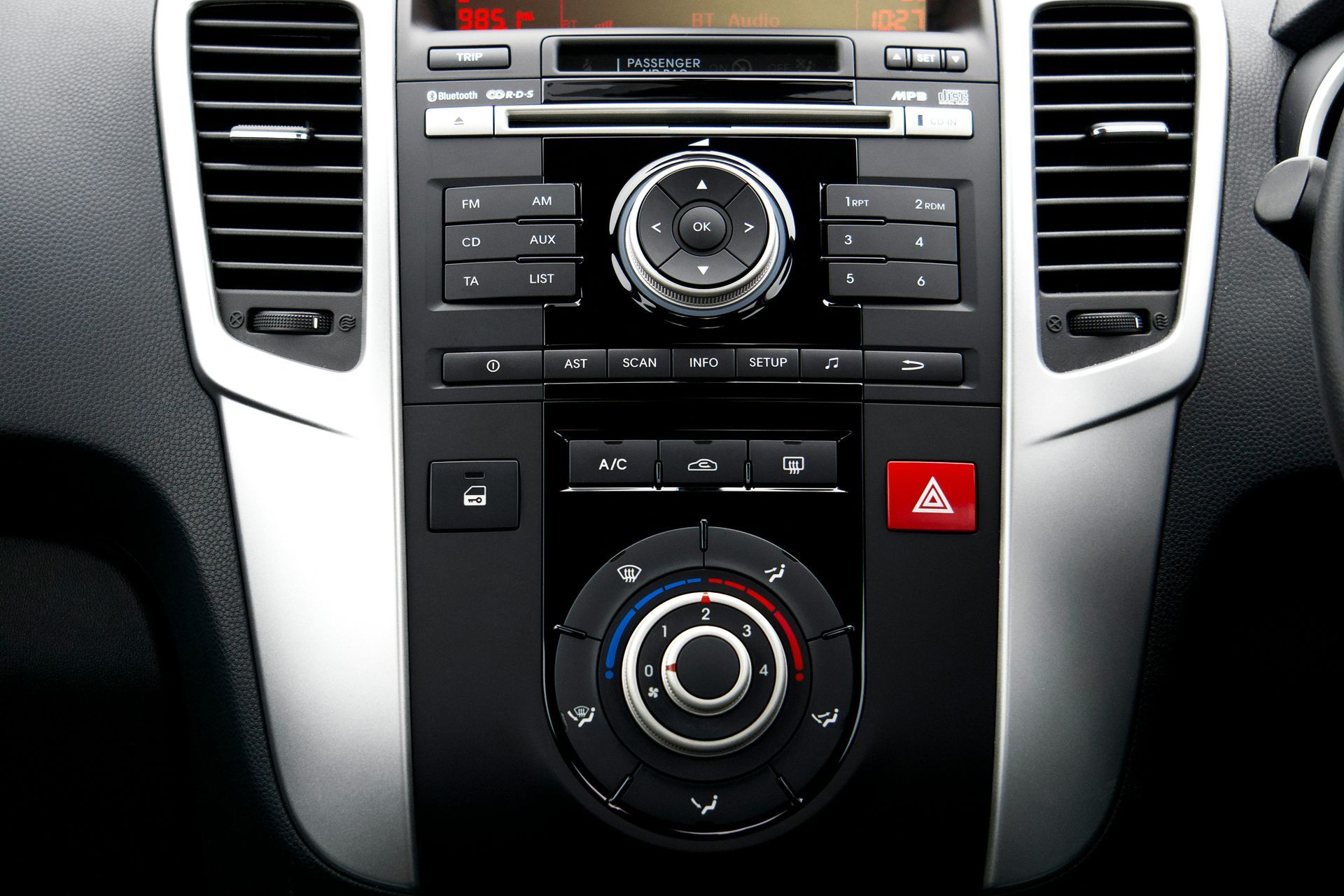Steps to Take When Your Check Engine Light Appears in Auburn
The check engine light is one of the most misunderstood warning indicators on your dashboard. When it suddenly illuminates during your commute on Highway 49 or while driving through downtown Auburn, it can cause immediate concern. While this amber warning doesn't always indicate an emergency, it signals that your vehicle's computer system has detected a problem that needs attention. Knowing how to respond properly can save you money and prevent more serious damage.
What the Check Engine Light Actually Means
Your car's check engine light connects to the onboard diagnostic system (OBD) that monitors engine performance and emissions systems. When sensors detect readings outside normal parameters, the computer stores a diagnostic trouble code and activates the warning light.
The light indicates:
- Emissions system problems
- Engine performance issues
- Sensor malfunctions
- Fuel system irregularities
- Ignition system problems
Modern vehicles have sophisticated monitoring systems that can detect problems long before they cause noticeable symptoms or major damage.
Immediate Steps to Take
When your check engine light comes on, follow these immediate steps to protect your vehicle and ensure safety.
Step 1: Stay Calm and Assess the Situation
Don't panic when the light appears. The check engine light typically indicates a non-emergency situation, especially if your car continues running normally. Take note of any changes in how your vehicle drives, sounds, or performs.
Step 2: Check for Obvious Symptoms
Pay attention to your vehicle's behavior:
- Does the engine run roughly or misfire?
- Are there unusual noises or vibrations?
- Is acceleration reduced or sluggish?
- Do you smell fuel, burning, or exhaust fumes?
- Is the temperature gauge reading higher than normal?
If you notice severe symptoms like overheating, major power loss, or strange smells, pull over safely and turn off the engine.
Step 3: Verify the Gas Cap
A loose or damaged gas cap causes many check engine light situations. Pull over safely and check that your gas cap is properly tightened. If the cap appears damaged or the seal looks worn, this could be the culprit.
Gas cap issues cause check engine lights because:
- Loose caps allow fuel vapors to escape
- Damaged seals fail to maintain proper pressure
- The emissions system detects the vapor leak
- The computer activates the warning light
When to Continue Driving vs. Stop Immediately
The check engine light's behavior helps determine urgency.
Steady Light: Usually Safe to Drive
A steady amber check engine light typically means you can continue driving, but schedule service soon. This applies to most situations Auburn drivers encounter during daily commuting or errands around town.
Flashing Light: Stop Driving
A flashing check engine light indicates serious problems like engine misfires that can damage expensive components. Pull over safely and turn off the engine immediately. Call for assistance rather than risk catastrophic damage.
Red Warning Lights: Emergency Stop
If other red warning lights appear with the check engine light (temperature, oil pressure, battery), stop driving immediately. These combinations indicate dangerous conditions that can destroy your engine.
Common Causes in Auburn's Driving Environment
Auburn's driving conditions contribute to specific check engine light triggers that local drivers should recognize.
Oxygen Sensor Issues
Auburn's elevation changes and mountain driving can stress oxygen sensors that monitor exhaust emissions. Failed oxygen sensors reduce fuel economy and increase emissions, but rarely cause immediate driving problems.
Catalytic Converter Problems
Stop-and-go traffic on Lincoln Way and frequent short trips around Auburn can damage catalytic converters over time. Catalytic converter failure often follows untreated oxygen sensor or fuel system problems.
Mass Airflow Sensor Failure
Auburn's dusty conditions, especially during dry summer months, can contaminate mass airflow sensors. These sensors measure incoming air for proper fuel mixture calculations.
Ignition System Problems
Temperature fluctuations in the Sierra Nevada foothills can affect ignition coils and spark plugs. Mountain driving puts additional stress on ignition systems, especially in older vehicles.
Vacuum Leaks
Rubber vacuum hoses become brittle in Auburn's climate variations and can develop leaks that trigger check engine lights. These leaks affect engine performance and emissions control.
The Importance of Professional Diagnosis
Modern diagnostic trouble codes require professional interpretation. While generic code readers provide basic information, professional diagnostic equipment offers detailed analysis that generic tools can't match.
Advanced Diagnostic Capabilities
Professional diagnostic systems can:
- Read manufacturer-specific codes
- Access live sensor data
- Perform component tests
- Clear codes properly after repairs
- Verify repair effectiveness
Avoiding Costly Mistakes
Guessing at check engine light problems often leads to unnecessary part replacements and wasted money. Professional diagnosis identifies the actual problem, not just symptoms.
What Happens During Professional Diagnosis
Professional check engine light diagnosis follows a systematic process to identify problems accurately.
Diagnostic process includes:
- Connecting professional scan tools to your vehicle's computer
- Reading all stored diagnostic trouble codes
- Checking live sensor data while the engine runs
- Performing specific component tests as needed
- Researching technical service bulletins for known issues
- Providing detailed explanations of findings
This comprehensive approach ensures accurate problem identification and appropriate repairs.
Don't Ignore the Warning
Some drivers ignore check engine lights for months or years, especially if the vehicle seems to run normally. This approach risks several problems:
Risks of ignoring check engine lights:
- Failed emissions testing required for California registration
- Reduced fuel economy costing extra money
- Potential damage to expensive components like catalytic converters
- Masking of additional problems that develop later
- Possible safety issues if problems worsen
Common Myths About Check Engine Lights
Several misconceptions surround check engine lights that can lead to poor decisions.
Myth: "If the car runs fine, ignore the light"
Reality: Problems can worsen without obvious symptoms, leading to expensive damage.
Myth: "Disconnecting the battery clears the problem"
Reality: This only erases codes temporarily; the light returns if the problem persists.
Myth: "All check engine lights are expensive to fix"
Reality: Many causes are relatively inexpensive, especially when caught early.
Preventing Future Check Engine Light Issues
Regular maintenance helps prevent many check engine light situations before they occur.
Preventive measures include:
- Following recommended maintenance schedules
- Using quality fuel from reputable stations
- Replacing air filters regularly in Auburn's dusty environment
- Addressing small problems before they worsen
- Keeping up with emissions system maintenance
Take Action Promptly
Check engine lights rarely resolve themselves and usually indicate problems that worsen over time. Early diagnosis and repair cost significantly less than waiting for major component failures.
Check engine light on? Don't wait for the problem to worsen. Contact Autovantage Service Center at (530) 450-2423 for professional diagnostic service. Our ASE-certified technicians use advanced diagnostic equipment to quickly identify check engine light causes and provide accurate repair estimates. Visit us at 555 Wall St in Auburn or schedule your diagnostic appointment online today.




